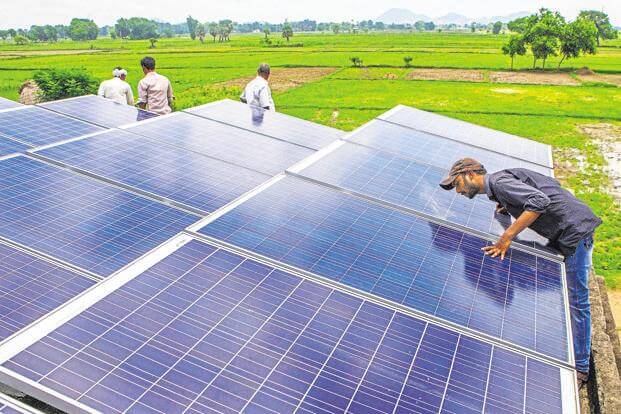The solar power sector started this year on an excellent note with India, becoming an active and founding member of an international solar alliance
After months of a dry pipeline, the industry now has over 4,000 megawatts (MW) of projects that it can bid for and execute across the country.
Apart from the international solar alliance, the very first week of the year saw the central government run- Solar energy Corporation of India which has tendered out over 1200 MW of projects including 750 MW in Andhra Pradesh, 200 MW in Karnataka, and 275 MW in Uttar Pradesh.
The recovery began in December 2017, when around 3,000 MW worth of projects were auctioned and tendered by the SECI and various state governments, including 1,300 MW in Maharashtra, 860 MW by Karnataka, and around 750 MW by the SECI.
The targets as mentioned above can be achieved with the help of existing solar rooftop companiesin India that are offering world-class solar subsidy both in residential and commercial buildings.
The main international solar alliance summit is hence an attempt to further enhance the sector along with already operational projects. It is a fight for climate change through cost-effective renewable energy means. Whereas, at the same time, it aims to attain a leadership role in the developing world where countries like China have made a healthy place for themselves in the past two decades.
What is International Solar Alliance?
Prime Minister Narendra Modi launched the international solar alliance (ISA) initiative at the India Africa Summit. ISA is an alliance of more than 121 countries of which India is also a significant part. The other countries in the coalition are sunshine countries which lie entirely or partially between the Tropic of Cancer and the Tropic of Capricorn.
The primary objective of the alliance is to work for efficient exploitation of solar energy to reduce dependence on fossil fuels. This initiative was first proposed by Indian Prime Minister Narendra Modi in a speech in November 2015 at Wembley Stadium, in which he referred to sunshine countries as Suryaputra (“Sons of the Sun”).The alliance is a treaty-based intergovernmental organisation.
Countries that do not fall within the Tropics can join the alliance and enjoy all benefits as other members, except voting rights. And a meeting of member countries ahead of the 2015 United Nations Climate Change Conference in Paris in November 2015.
The framework agreement of the International Solar Alliance opened for signatures in Marrakech, Morocco in November 2016, and 121 countries have joined.
So, far 56 countries have signed the ISA agreement. These include Australia, Bangladesh, Benin, Brazil, Burkina Faso, Cabo Verde, Cambodia, Chad, Chile, Comoros, Costa Rica, Cote d’Ivoire, Cuba, Djibouti, Dominican, Republic, DR Congo, Equatorial Guinea, Ethiopia, Fiji, France, Gambia, Gabon, Ghana, Guinea, Guinea-Bissau, Guyana, India, Kiribati, Liberia, Madagascar, Malawi, Mali, Mauritius, Mozambique, Nauru, Niger, Nigeria, Peru, Rwanda, Sao Tome, Senegal, Seychelles, Somalia, South Sudan, Sri Lanka, Sudan, Suriname, Tanzania, Togo, Tonga, Tuvalu, UAE, Uganda, Vanuatu, Venezuela and Yemen.
What is India’s Role in ISA (International Solar Alliance)?
India apart from being a founding member plays a crucial role concerning being the host as well as a significant contributor to the achievement of the targets set. ISA will have a secretariat in India, which makes it the first international body to have a committee. India has an aim of producing 100 GW of solar energy by 2022, which will ultimately contribute to the tenth of ISA’s goal.

